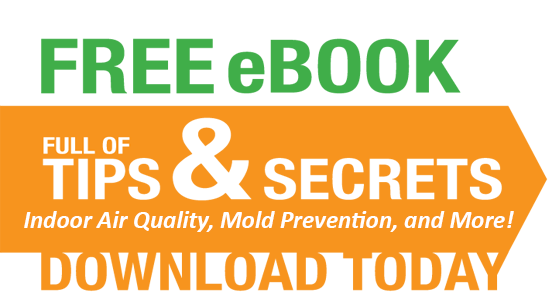Questions? Call Today (310) 735-4767
schools and indoor air quality..
Aging buildings can lead to a host of indoor air quality issues…
Our mission is to help promote healthier living through environmentally focused solutions!
What’s in the Air?
Healthy Lungs, Healthy Children
People are aware that outdoor air pollution can impact their health, but indoor air pollution can also have significant and harmful health effects. The U.S. Environmental Protection Agency (EPA) studies of human exposure to air pollutants indicate that indoor levels of pollutants may be many times higher than outdoor levels. These levels of pollutants are of concern because most people spend about 90 percent of their time indoors (even more so in the Post Pandemic era).
Good IAQ contributes to a favorable environment for students, performance of teachers and staff and a sense of comfort, health and well-being. These elements combine to assist a school in its core mission — educating children.
good indoor air quality (IAQ) management include:
– Control of airborne pollutants;
– Introduction and distribution of adequate outdoor air; and
– Maintenance of acceptable temperature and relative humidity.
Temperature and humidity cannot be overlooked because thermal comfort concerns underlie many complaints about “poor air quality.” Furthermore, temperature and humidity are among the many factors that affect indoor contaminant levels.
Outdoor sources should also be considered since outdoor air enters school buildings through windows, doors and ventilation systems. Thus, transportation and grounds maintenance activities become factors that affect indoor pollutant levels as well as outdoor air quality on school ground
Why Is IAQ Important?
In recent years, comparative risk studies performed by EPA and its Science Advisory Board (SAB) have consistently ranked indoor air pollution among the top five environmental risks to public health. Good IAQ is an important component of a healthy indoor environment, and can help schools reach their primary goal of educating children.
Failure to prevent or respond promptly to IAQ problems can:
Increase long- and short-term health problems for students and staff such as:
– Cough
– Eye irritation
– Headache
– Allergic reactions, and in rarer cases, life-threatening conditions such as Legionnaire’s disease, or carbon monoxide poisoning
– Aggravate asthma and other respiratory illnesses. Nearly 1 in 13 children of school-age has asthma, the leading cause of school absenteeism due to chronic illness.
These problems can:
– Impact student attendance, comfort and performance.
– Reduce teacher and staff performance.
Accelerate the deterioration and reduce the efficiency of the school’s physical plant and equipment.
– Increase potential for school closings or relocation of occupants.
– Strain relationships among school administration, parents and staff.
– Create negative publicity.
– Impact community trust.
– Create liability problems.
Indoor air problems can be subtle and do not always produce easily recognized impacts on health, well-being, or the physical plant. Symptoms, such as:
– Headache
– Fatigue
– Shortness of breath
– Sinus congestion
– Coughing
– Sneezing
– Dizziness
– Nausea and irritation of the eye, nose, throat and skin
** Symptoms are not necessarily due to air quality deficiencies, but may also be caused by other factors—poor lighting, stress, noise and more. Due to varying sensitivities among school occupants, IAQ problems may affect a group of people or just one individual. In addition, IAQ problems may affect people in different ways.
Individuals that may be particularly susceptible to effects of indoor air contaminants include, but are not limited to, people with:
– Asthma, allergies, or chemical sensitivities;
– Respiratory diseases;
– Suppressed immune systems (due to radiation, chemotherapy, or disease); and
Contact lenses.
– Certain groups of people may be particularly vulnerable to exposures of certain pollutants or pollutant mixtures.
In addition, the developing bodies of children might be more susceptible to environmental exposures than those of adults. Children breathe more air, eat more food and drink more liquid in proportion to their body weight than adults. Therefore, air quality in schools is of particular concern. Proper maintenance of indoor air is more than a “quality” issue; it encompasses safety and stewardship of your investment in students, staff and facilities.
For more information on Indoor Air Quality Assessments and Solutions for our schools contact us at (310) 735-4767 or support@greenhomepros.com
Call
Address
9800d Topanga Cyn Blvd. #523
Chatsworth, CA. 91311
support@greenhomepros.com

